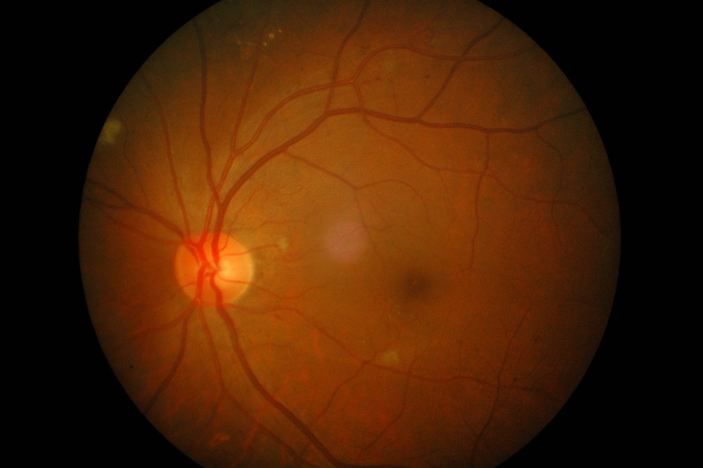A 61-year-old Man with Diabetes and Resistant Hypertension
There are several reasonable options for intensifying this patient's blood pressure treatment. Which one is optimal, though, given his labs and concomitant meds?
TD is a 61-year-old man who presents to your clinic for follow-up. His past medical history includes type 2 diabetes (T2DM), hypertension, and hyperlipidemia. His current medications are: metformin XR 2000 mg once daily, glimepiride 8 mg daily, valsartan 320 mg daily, pravastatin 40 mg daily, amlodipine 10 mg daily, chlorthalidone 25mg daily, and aspirin 81 mg daily.
He has been able to keep his diabetes well controlled with the combination of lifestyle modifications and medications for the past 5 years. Laboratory results obtained today are: HbA1c, 7.1%; basic metabolic panel WNL (SCr - 0.9 mg/dL, Na+, 138 mEq/L, K+, 4.0 mEq/L); and urine albumin, 228 µg/mg creatinine. Vitals are: weight, 78 kg; BMI, 28; blood pressure (BP) in clinic, 154/92 and 158/96 mm Hg; pulse, 74 beats/min. Allergies/intolerances include a cough with ace inhibitor therapy. TD checks his BP at home and it ranges from 145/90 to 160/102 mm Hg.
You are most concerned today with his blood pressure.

Which of the following would be the most appropriate next step to help TD reach his BP goal?
